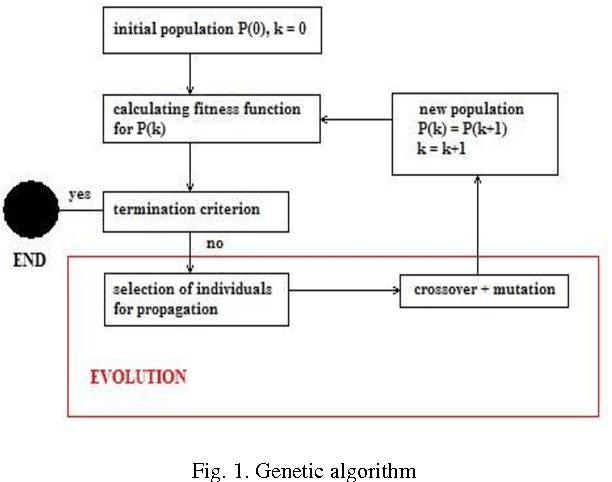Surface Registration Using Genetic Algorithm in Reduced Search Space
Paper and Code
Oct 01, 2013



Surface registration is a technique that is used in various areas such as object recognition and 3D model reconstruction. Problem of surface registration can be analyzed as an optimization problem of seeking a rigid motion between two different views. Genetic algorithms can be used for solving this optimization problem, both for obtaining the robust parameter estimation and for its fine-tuning. The main drawback of genetic algorithms is that they are time consuming which makes them unsuitable for online applications. Modern acquisition systems enable the implementation of the solutions that would immediately give the information on the rotational angles between the different views, thus reducing the dimension of the optimization problem. The paper gives an analysis of the genetic algorithm implemented in the conditions when the rotation matrix is known and a comparison of these results with results when this information is not available.
 Add to Chrome
Add to Chrome Add to Firefox
Add to Firefox Add to Edge
Add to Edge